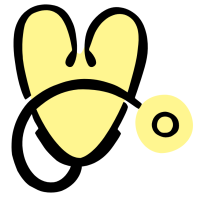Health Insurance Terms
You likely know that health insurance is important to your livelihood, but not all insurance plans are created equal. There are an overwhelming number of options, but the good news is this means there is a perfect plan to match your health needs and financial situation. Stride will help you sort through these plans efficiently and effectively.
In order to understand the main differences between health plans, there are a few tricky pieces of "insurance lingo" that are helpful to define. We will cover the key definitions here and explain how to use them to find the right plan for you. (Feel free to skip ahead if you know something already!)
The fundamentals of "cost-sharing"
Having health insurance does not mean health care is free. You will share in the cost of your health care by paying two different types of costs.




